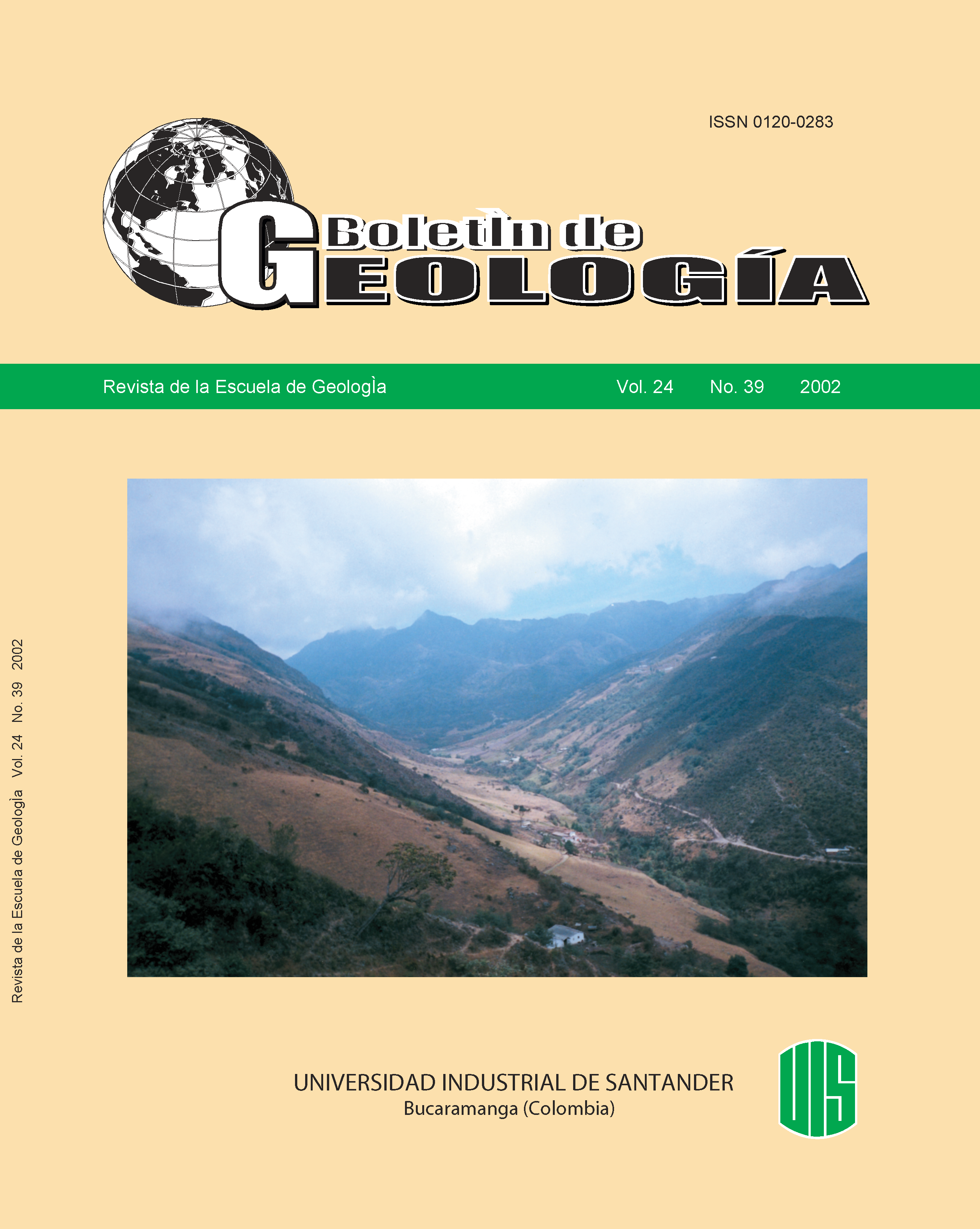Published 2002-06-04
Keywords
- Ischia (Italy),
- natural hazard,
- natural risk,
- volcanic risk
How to Cite
Abstract
The volcanic activity of the isle of Ischia is Unmarked in the recent geological hisrory of the tirrenic area, during which, since ten million years ago, it has produced a process of migration in direction SW of the Italan peninsula, responsible of the formation of deep fractures by which magma has been injected to the surface.
In this paper is realized a first approxomation to the evaluation of the volcanic risk in this isle, considering for this the dangerous of the potential eruptive process, the elements in risk and the vulnerability of these elements in fornt of the volcanic phenomenon.
The analyses of the dangerous is based not only in the calculation of the probability that a new eruption occurs in a determined zone of the isle, but also in the estimation of the probalility with which the different eruptive phenomenology occurred. These typologies conditioned also the value of the vulnerability of the elements of territory, because the destruction level that will produce is different. When the parameter of dangerous is estimated the results of a previous study has been taken into account, in which the probability of occurrence of a new eruption in the isle had been calculated.
In spite of the grade of risk is not so high, it should not be underestimated in function of two peculiar characteristics of this territory: its high touristy flux and its insular character.
Downloads
References
Chiesa, S., Vezzoli, L. (1983). Guida dell'escursioneall'isola d'Ischia. Gruppo Vulcanologico (C.N.R.),Reunión del 18-19-0-5-1983
Chiesa, S., Poli, S., Vezzoli, L. (1986). Studiodell'ultima eruzione storica dell'isola d'Ischia: la colatadell'Arso 1302. Dipartimento di Scienze della Terra,Università di Milano, Centro Alpi Centrali, CNR,Milano
D'Andrea, M. (1993). Valutazione del RischioVulcanico nei Campi Flegrei. Tesi, Università diNapoli
Luongo, G., Cubellis, E., Obrizzo, F. (1987). Ischia.Liguori Editore. Napoli, 165 p
Maino, A., Tribalto, G. (1971). Rilevamentogravimétrico di dettaglio dell'isola d'Ischia (Napoli).Boll. Serv. Geol. d'Ital., Vol. 92, pp. 109-123
Mattera, M. (1995). Valutazione del RischioVulcanico Nell'isola D'Ischia, Tesi di Laurea, Facoltadi Scienze Matematiche, Fisiche e Naturali,Universita Federico II, Napoli, 128 p
Newhall, C.G., Self, S. (1982). The VolcanicExplosivity Index (VEI): an estimate of explosivemagnitude for historical volcanism. J. Volcanol. andGeotherm., Vol. 87, pp. 1231-1238
Nunziata, C., Rapolla, A. (1987). A gravity andmagnetic study of the volcanic island of Ischia, Naples(Italy). J. Volcanol. and Geotherm., Vol. 31, pp. 333-344.
Rittmann, A. (1948). Origine e differenziazione delmagma ischitano. Bull. Suisse. Mineral. Petrogr., Vol.28, pp. 643-698
Scandone, R., Giacomelli, L. (1998). Vulcanologia,principi fisici e metodi d'indagine. Liguori Editore.Napoli, 642 p
Sheridan, M.F. (1979): Emplacement of pyroclasticflows: a review. In: Ash-flow tuffs (C.E. Chapin andW.E. Elston, Eds.), Geol. Soc. of Am., Special Paper,Vol. 180, pp. 125-136.
Siebert, L, Glicken, H., Ui, T. (1987). Volcanichazards from Bezymianny and Banday-tipe eruptions.Bull. Vulcanol., Vol. 49, pp. 435-459.
Smithsonian Institution/SEAN (1989). GlobalVulcanism. Smithsonian Institution, Prentice Hall,New Jersey
Vezzoli, L. (Ed.) (1988). Island of Ischia. CNRQuaderni de La Ricerca Scientifica, N° 114, Vol. 10,133 p
Walker, G.P. (1973). Explosive volcanic eruptions, anew classification scheme. Geol. Rund., Vol. 62, pp.431-446.
